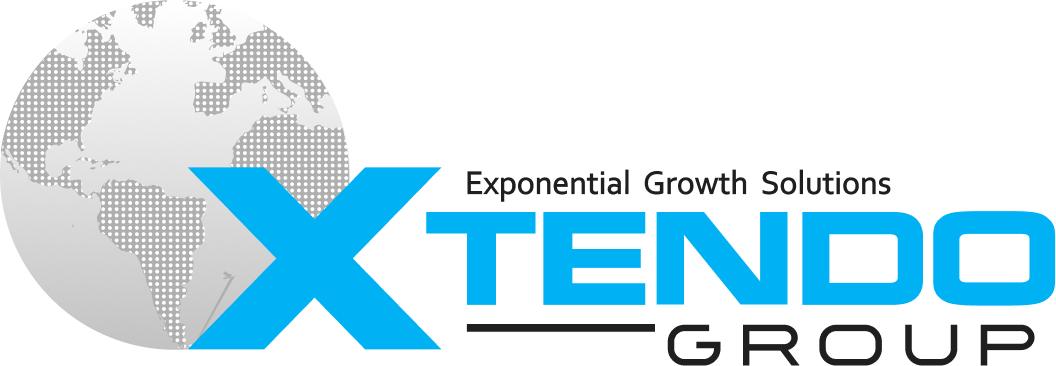January 5, 2022
by Roxana Tanita Miguel, Contributing Editor
at Xtendo Group
Times of transition or change alter the type of relationship companies have with their customers. In these contexts, content marketing takes on greater importance because it is implemented with the purpose of inspiring trust and providing concrete solutions that adapt to new needs.
A Transformation Scenario
Without a doubt, the pandemic has been one of those events that marks a before and after in all areas of life, which is why, even more so, companies need to adjust their strategies to accompany and offer value propositions to their audiences, generating demand and closing sales even as the economy recovers.
Within the business world, this transformation accelerated a process that was already underway: the migration of sales channels to the web, focusing on e-commerce, digital solutions, and social media marketing.
This movement can be seen in all aspects of commerce, especially in the B2B segment, where a change in strategy can significantly optimize all processes involved in a firm’s daily operations.
Where have changes been reflected in recent times?
Due to health distancing measures, work and commercial activities moved online, so a whole operational structure that included office hours, work lunches, project presentations, social gatherings, conferences, corporate events, and more was translated into home office, video conference meetings, and virtual social meetups/trainings.
Beyond the current particular scenario, introducing modifications to content marketing strategy is a practice that allows adaptation to any situation that may arise. It is a way of anticipating and meeting the current circumstances.
Brand Identity and Short-Term Work
Content marketing connects with customers through emotions, providing feelings of identification, support, and understanding, especially in complex contexts. Aggressive sales messages or superficial stances are not aligned with the values of an audience that needs different support during difficult times.
This type of relationship is built through brand creation, forging an identity with defined values that include broader communication models, working from an emotional standpoint. In other words, the brand speaks more about a stance toward life than about concrete products or services. It’s the guiding principle reflected in them, and the reason they are designed, created, and offered.
Building empathetic content is key to increasing the mental availability of the brand, i.e., the ease with which potential customers remember you. It also helps improve the perception customers have of your services or products, as when a person likes a company, they evaluate what it offers positively.
This does not mean that short-term strategies should be discarded; rather, it’s about combining brand development— a long-term growth path—with tactics linked to short-term demand.
In complex times, it is advisable to expand reach rather than restrict it. One might think that retreating to familiar audiences or targeting a specific type of audience is the safe bet, but in reality, it is key to reach more people with messages that appeal to solidarity, support, and understanding.
What is the message to share?
You cannot talk about content marketing without being clear about what you want to convey. In times of global or regional challenges, companies need to strengthen their communication channels to tell their target audience how they are managing the situation, what tools they are offering, and how they can solve specific problems.
This involves both the design and creation of new products and services, as well as the campaigns aimed at presenting them. Many examples exist of companies diversifying during the pandemic, creating different solutions in response to the context. A notable example is Uber’s creation of Uber Medics and Uber Flash, two services specially designed for isolation in 2020.
The migration of banking services to digital platforms is another compelling example: avoiding physical contact and simplifying processes through mobile apps or websites that allow users to complete transactions that would have been done in person.
Lastly, the creation and/or enhancement of virtual work platforms is the most concrete example: video conferencing software, collaborative work apps, virtual offices, automation processes, remote supervision, and operations.
Beyond the examples, the point is to know how to communicate what the company has to offer, especially in a period of significant transformations that alter the daily life of individuals, organizations, and businesses. Ultimately, it’s about improving quality of life and providing solutions when they are most needed.
LinkedIn, a Key Tool
It is clear that all social media play a fundamental role in communication between companies and customers, but especially in the B2B field, LinkedIn is a powerful tool that facilitates dialogue, networking, and the chances of securing business agreements.
Many companies overlook the functionalities and possibilities LinkedIn offers, not realizing that since its inception, it was designed to bring together firms, workers, freelancers, entrepreneurs, and more within a single space, promoting all types of professional connections.
Leveraging this platform is vital, especially in critical or complicated contexts, where it is more necessary than ever to build relationships and communicate the solutions a company offers based on current needs.
For this, businesses need to fully understand the platform’s logic to reach their target audiences accurately. This is achieved by using the different strategies mentioned earlier: brand development and tactics designed for short cycles.
In this aspect, Xtendo University offers a series of solutions through training with various certification levels, aimed at supporting businesses in their LinkedIn strategy. The goal is to train and advise sales teams and executives, so they can identify their target audiences and create content aligned with current needs.
In this process of support and training, the company emphasizes LinkedIn, knowing it is a powerful commercial tool capable of achieving the connection companies need with potential customers, helping them communicate their defining values, whether through team training or outsourcing production, especially using tools like Microsoft Teams, Microsoft 360°, Google, and Amazon, among others.

